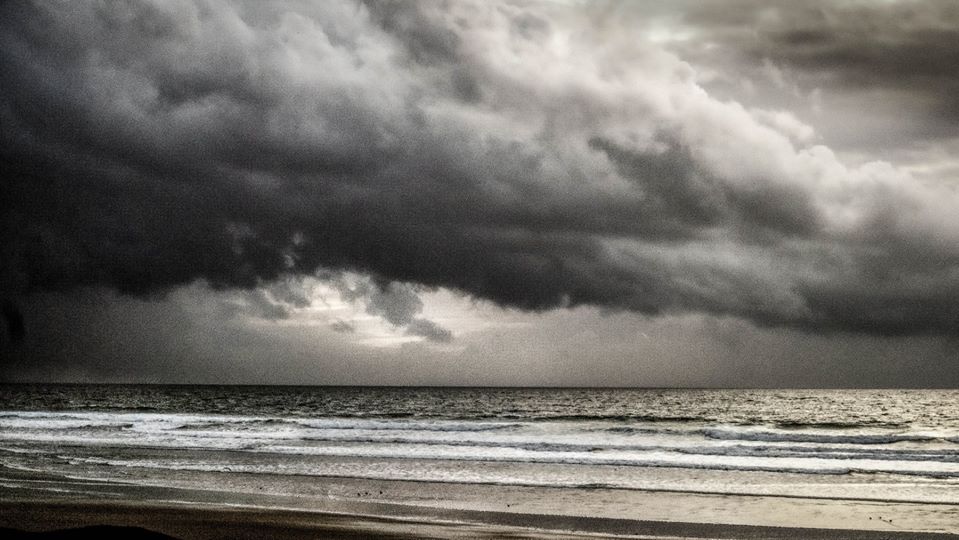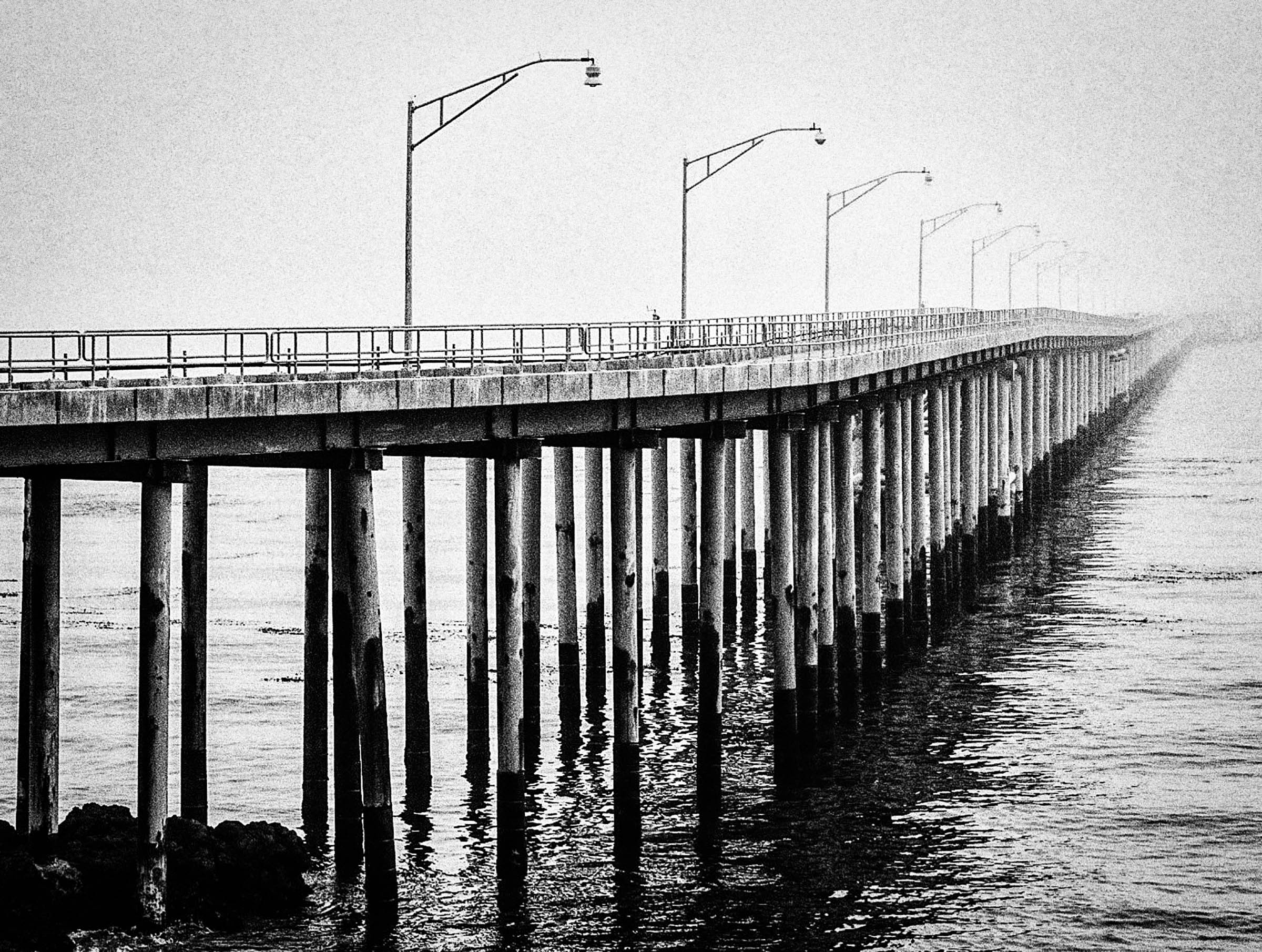Shamus Johnson is a highly regarded photographer, having founded his own business called Shamus Photography. He is an incredibly gifted and creative photographer, based in Nipomo, California in the United States. Having worked in photography for most of his life, Shamus has a wealth of technical knowledge and experience when it comes to capturing the perfect image.
Thankfully, Shamus was able to take some time away from behind the lens and answer a few of our questions about his career.
Shamus, was there a moment in your early life that encouraged you to pick up photography?
I think I came to it in a roundabout way. I wanted to be an artist, and I was interested in drawing. I still have some of those early sketches, and I’m reminded that I wasn’t very good at it. Hand-eye coordination was missing, as was everything else. So, I imagine that photography became, in the beginning, a substitute for that. I think the painter’s eye and the photographer’s eye are very similar.
Out of all the photography equipment you use, which piece of equipment is your favorite/most valuable and why?
It would have to be the camera and lenses. When I started, I wanted the best camera possible. What that really meant was one that was sturdy and well-crafted, along with precision lenses. So, in the 70s, that was Nikon for me. What made National Geographic photographers use Nikons, was because they could drop them and bang them about on assignments, I think. They were sturdy and the precision was evident. When I worked in the Navy photo lab in Japan, I had every conceivable camera available to me. You could tell quality by just clicking the shutter. Canons at that time, had a hollow, cheap click. Nikons sounded creamy and smooth. Still, the cameras didn’t take the pictures, a photographer had to make all the right decisions. Good pictures come from an experienced eye and outlook.
Today, that’s changed in one sense, I think. With digital cameras, the sensors are key. And they vary from brand to brand. There’s an algorithm that determines what a photo looks like to some degree when it’s processed in the camera. I feel today Canon is making the best camera because of their sensors. And then add mirrorless to the mix, and you might have to bring in a Sony. Highly debatable. Still, it comes down to the photographer’s eye.
Do you have a specific photograph or place that is your favorite spot to capture images? Why is this the case?
Well, light is everything to a photographer, obviously. I prefer to shoot early morning because of the light. The air is fresh then. Like the song says, ‘Morning has broken, like the first morning’. Which means I have to get up and get ready in the dark. My mind is also cleared of the clutter that accumulates during the day.
And I love bad weather. Foul weather. Early morning storms are a blessing to me. That’s when I find the kind of mood I enjoy capturing. And fog, more fog, please. I’m not afraid to get wet.
Below are some examples of the mood that can be added by weather and time of day.


In your opinion, what are the three best things about being a photographer?
You’re going to make me count.
First, I have always been a traveler. I spent 18 years, from 19 years-old to 37, living in Asia. I use the term, xenophilia, to describe it. It means the love of things that are strange, unusual and exotic. As a result, you are most comfortable outside your comfort zone. Photography has always been a good excuse to travel and have adventures. Next, would be the way photography causes me to look at the world around me. My photographer’s eye opens up when I go out to shoot with my camera. I see the world differently. I see the world more as an observer and less as a participant. This allows me to appreciate what a fascinating and varied world we live in. There is no end to subject material, no end.
Is that 3? I never was good at math.
What is the hardest aspect of your work?
That’s tough. Probably, fighting the unknown when I first go out to shoot. I never know if I’m going to ‘get’ anything. I’ve gone out many times where I have come home empty or my eye refused to open. But, 8 out of 10 outings are usually productive.
For someone trying to develop their photography skills, what qualities do you think are the most important for young photographers to develop?
It’s all about seeing. So, I would encourage someone starting out to appreciate things on an emotional level versus standing back and trying to take in everything, which has a flattening effect, and which is always too much. And learn the subtleties of light and how light becomes mood. But start at the beginning and get the mechanical things nailed down tight so they become a reflex. Then, and only then, can you pay attention to the various things that turn a photograph into a work of art. And that will be different for everyone.
Thank you Shamus for your time!
You can follow up with Shamus Johnson at https://shamusphotography.com
Please contact him with inquiries at [email protected]


